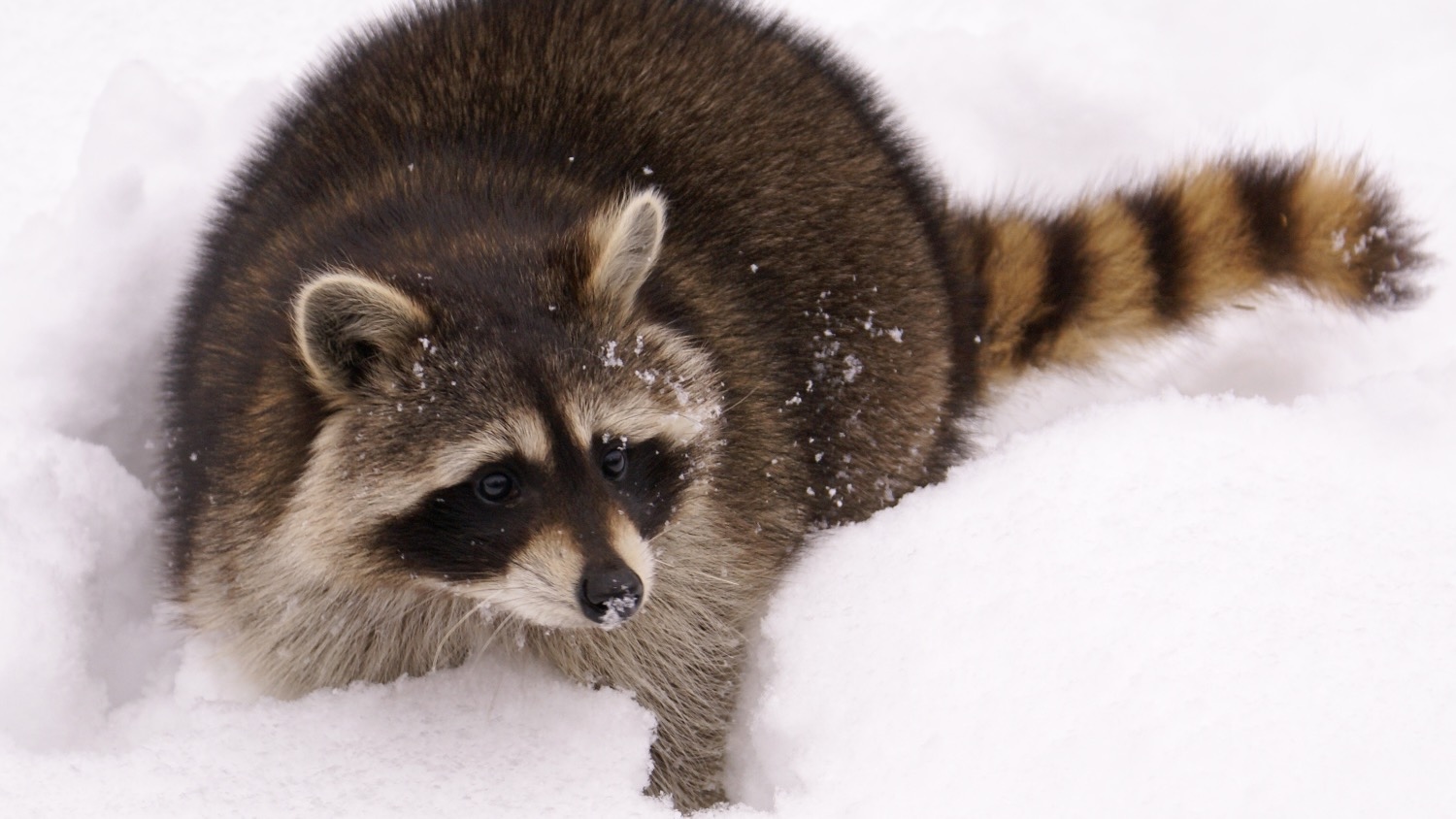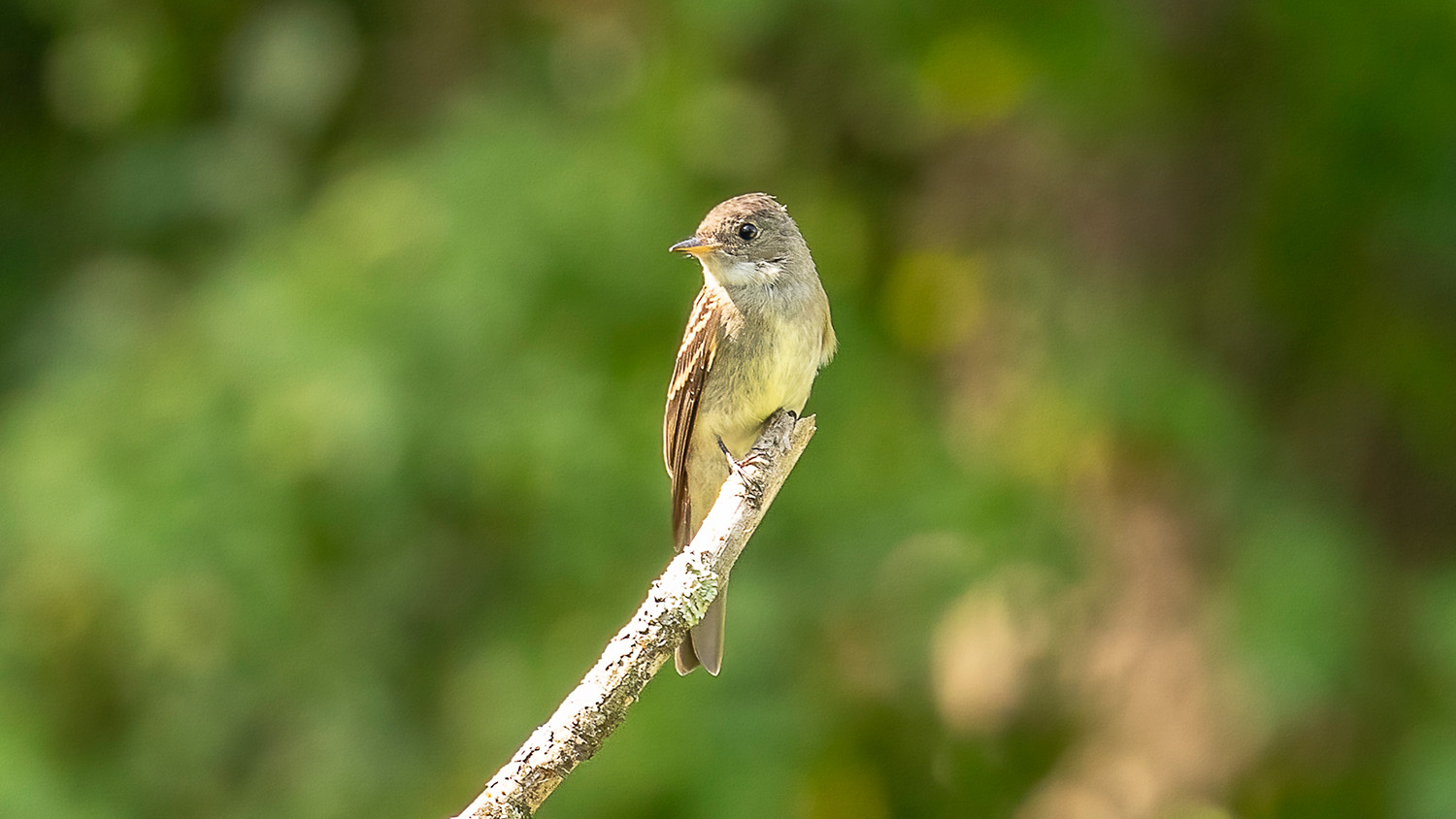How Wildlife Survive in Winter

Winter can bring freezing temperatures, strong winds and heavy snow. Humans usually seek shelter inside their climate-controlled homes or purchase insulated clothing to stay warm. Trees essentially sleep until spring arrives. Wild animals, on the other hand, have to rely on a number of different strategies to survive winter.
“People often think that wild animals don’t see these kinds of conditions, but it’s not that unusual for them over the long-term,” said Roland Kays, a research associate professor of forestry and environmental resources at NC State.
Kays, a zoologist whose research interests include wildlife ecology and conservation, added that wildlife have lived through extreme weather conditions for hundreds of thousands of years, evolving behavioral and physical adaptations to survive.
But that doesn’t necessarily mean that wildlife are immune to the effects of winter storms. Freezing temperatures, especially when combined with strong winds, can make it difficult for warm-blooded animals such as birds and mammals to maintain their internal body temperature.
This is especially true for wildlife that can’t migrate to warmer climates or hibernate. Hibernation is a state of reduced metabolic activity adapted by certain mammals to conserve energy during periods of extreme cold.
Animals incapable of migrating or hibernating are vulnerable to frostbite or hypothermia if exposed to extreme cold for long periods of time. Some animals, such as the Virginia opossum and nine-banded armadillo, never adapted the ability to tolerate very cold temperatures because they evolved in warmer parts of the world and then migrated into North America.
However, many animals — even opossums and armadillos — can survive short cold spells by sheltering in warm, protected spaces where they can maintain their internal body temperature, whether it’s a hole in the ground or the underside of a porch. Raccoons, for example, will den in fallen tree trunks, brush piles and other insulated spaces – even attics.
Many animals also have physiological adaptations to survive extreme winter conditions, according to Kays. Some of those traits include growing a thicker coat of fur or adding layers of fat to insulate themselves against the cold.
Like freezing temperatures and strong winds, heavy snow can also present challenges for wildlife. “It’s an environmental factor that some animals are good at dealing with and some animals aren’t. It can actually affect where they live and how common they are,” Kays said.
Heavy snow can affect the movement of animals across landscapes and predator-prey relationships, according to Kays. “Sometimes animals migrate out of an area when the snow gets deep,” he said. “Other times they don’t move at all.”
At Yellowstone National Park, for example, elk and bison migrate from higher elevations as winter storms bury grasses under deep snow. The snow can make it difficult for elk and bison to move, leaving them more vulnerable to wolf attacks.
Meanwhile, smaller mammals such as shrews, voles and mice often thrive in deep snow because they build underground tunnels that connect them to food sources, protect them against predators from above and provide them with shelter during storms.
Other animals have adapted physiologically to survive in snowy environments, including changing their appearance to better insulate themselves and to camouflage themselves from predators. Both snowshoe hares and ermine weasels, for example, swap out their brown fur for white coats during the winter months.
“Sometimes when I am sitting in my warm house on a cold night I feel sorry for the animals stuck outside in the cold.” Kays said. “But evolution has equipped them with the fur, fat and foresight to survive this kind of thing.”


